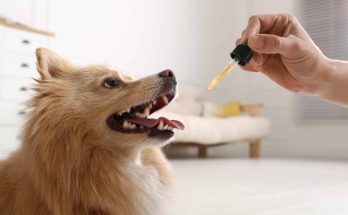Have you ever observed that your child walks differently than other children? For example, do their feet inwardly turn? or Are they clumsier than their peers?
This is a frequent problem with youngsters in the early stages of walking development; there is nothing to be concerned about, but it may be a good cause to see a Podiatrist to have things evaluated.
Intoeing is when you notice your child’s feet turning inwards; a common word used by some is “pigeon-toed.” It is extremely common in early life and usually resolves on its own.
There are three possible causes of intoeing:
Adductus of the Metatarsus
This is when the intoeing originates within the foot. Instead of being straight, the foot appears to be curled. The majority of the time, this is a flexible malformation that can be corrected with minimum surgery. In some circumstances, your podiatrist may recommend stretching exercises and in-shoe padding to help improve foot shape.
Torsion of the internal tibia
When the intoeing comes from the lower leg, the leg bone has twisted inwards. This is extremely frequent in toddlers and primary school students. However, it normally corrects itself over time with natural development by the age of 8 years.
Torsion of the internal femur
It’s coming from the thigh because the thigh bone has twisted inwards. This is also common and normally corrects itself by the age of ten. However, we urge small children to avoid W sitting, which can aggravate the condition.
How can a Podiatrist assist you?
Podiatrists can provide a comprehensive paediatric assessment of the lower leg to identify any developmental abnormalities and the reason for the intoeing gait.
Simple guidance and minor treatments, such as footwear modifications and stretches, are frequently all that is required for intoeing. However, when the intoeing is coming from the hip, we occasionally use shoe orthotics devices (insoles) to inhibit the intoeing, which can be quite beneficial in treating the issue and minimising frequent tripping and falls. We will recommend you to a physiotherapist or osteopath for additional evaluation when necessary.




